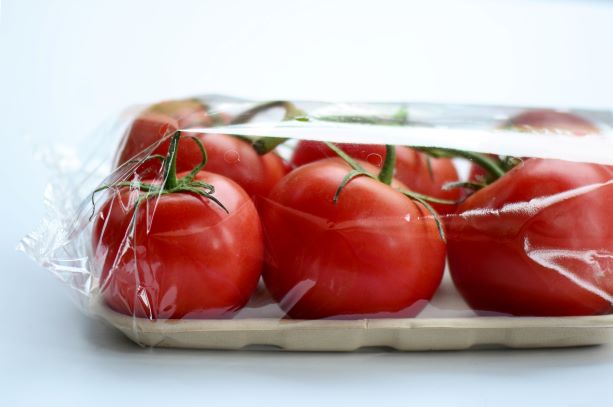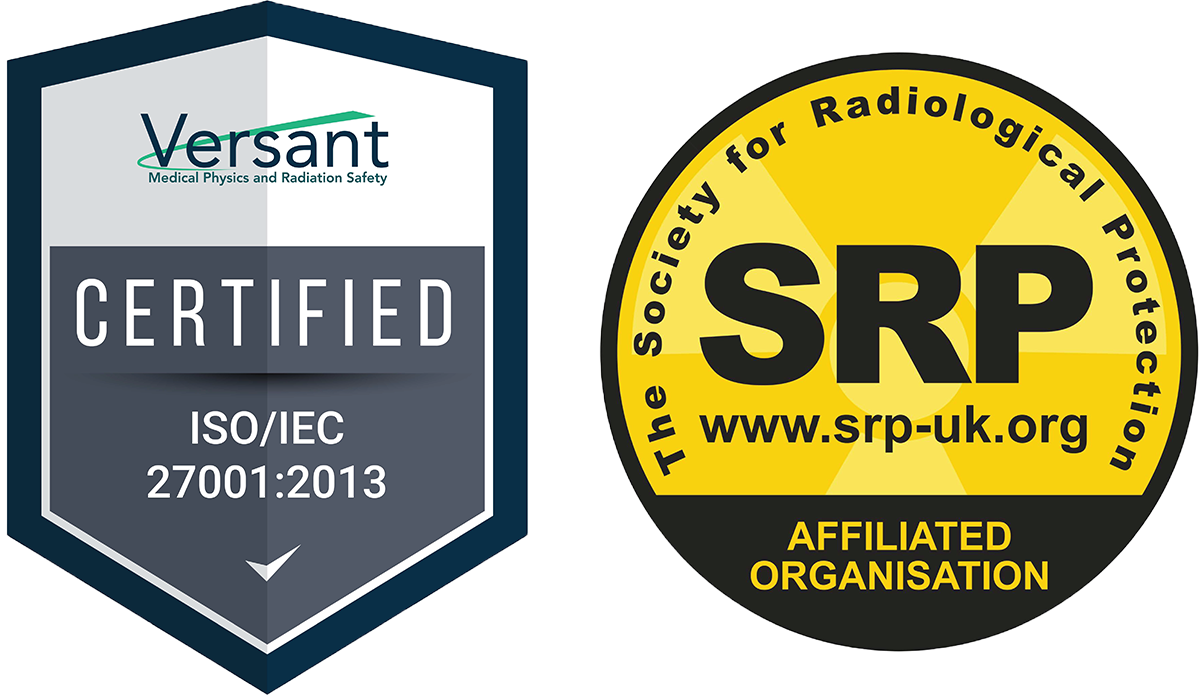Food irradiation is a common practice that is frequently misunderstood. Not only has the process of exposing food products to ionizing radiation, including X-Rays or electron beams, been heavily researched and utilized safely for over a century, it is a process that has proven benefits for the health of human beings.
The history of food irradiation.
The process of irradiating food began as early as 1905 when patents were issued in the U.S. and Great Britain to use ionizing radiation to kill bacteria found in foods. After World War II, research was conducted by the U.S. Army to verify the safety and efficacy of the irradiation process for meat, dairy products, fruits, and vegetables. Food irradiation has been controlled by the Food and Drug Administration since 1958 and recognized by the United Nations since 1964, when the first meeting of the Joint Expert Committee on Food Irradiation took place. It was determined by this committee in 1980 that “irradiation of foods up to the dose of 10 kiloGrays introduces no special nutritional or microbiological problems,” and the use of irradiation in the U.S. food supply was expanded by the FDA in 1986. In addition to the FDA and the UN, irradiation has been endorsed by the World Health Organization (WHO), the Centers for Disease Control and Prevention (CDC), and the U.S. Department of Agriculture (USDA).
Why irradiate food?
There are several important reasons to irradiate food which ultimately benefit humans.
- Prevention of Food borne Illness – Nobody likes having food poisoning. Food irradiation eliminates bacteria and molds like Salmonella and Escherichia coli (E. coli) which can spoil food and cause serious foodborne illnesses.
- Sterilization – Irradiated foods can be used to sterilize foods which do not require refrigeration. These can be used in hospital settings for individuals with compromised immune systems or those undergoing chemotherapy. A variety of household and consumable products are also irradiated for sterilization purposes, including Band-Aids, cotton balls, medical products like surgical gloves, and even cosmetics.
- Preservation – Have you ever wondered why spices have such a long shelf life, or why that bag of potatoes you bought last week is still sprout free? The answer is food irradiation. Food irradiation can extend the shelf life of certain foods by destroying organisms that cause spoilage and early sprouting.
- Pest-Control – Irradiation helps control invasive insects that live in or on imported fruits and vegetables by killing or sterilizing them to prevent new bugs from infecting U.S. crops. This method is also safer than certain pest-control practices which have the potential to harm the produce through the use of toxic chemicals.
Of course, the benefits to irradiating food do not diminish the need for safe food handling practices by growers, processors, and consumers. All food should be stored, handled, and cooked appropriately. If safe handling practices are not followed, disease-causing organisms can still contaminate food and illness can occur.
It also does not completely remove all food dangers. For example, food irradiation can slow fruits and vegetables from aging, but it does not stop them. It also does not eliminate dangerous toxins that are already in food, such as Clostridium botulinum, a common bacterium which produces a toxin that causes botulism.
What kind of foods are irradiated?
In the United States, the FDA has approved a variety of foods to undergo irradiation, including:
- Beef and Pork
- Poultry
- Lobster, Shrimp, and Crab
- Fruits and Vegetables
- Lettuce and Spinach
- Shell eggs
- Shellfish
- Spices and Seasonings

The international symbol for irradiation is called the Radura. This green symbol is required to be present on food packaging of irradiated food alongside the statements “Treated with radiation” or “Treated by irradiation.” According to the FDA, bulk foods like fruits and vegetables must be individually labelled with this symbol, however it is not required for individual ingredients in multi-ingredient foods, such as spices, to be labelled. If this symbol is present, this also indicates that the food is not classified as organic no matter how it was grown or produced.
How is food irradiated?
The overall process is simple. Three different kinds of radiation are approved for use: Gamma rays, electron beams, or x-rays. Packaged or bulk food pass through a radiation beam in a radiation chamber on a conveyor belt. The ionizing radiation breaks the chemical bonds into the bacteria or mold cells, which kills or damages the pathogens enough that they cannot multiply. This process does not affect the taste or smell of the food being irradiated.
This process also does not bring food into contact with radioactive materials, nor does it make food radioactive. Irradiated food does not expose those who eat it to radiation.
Are there risks to eating irradiated food?
Eating irradiated food is not harmful and there are no radiation-related risks. In fact, irradiating foods increases the availability of healthy and nutritious food supplies on a global scale. The chemical changes to food caused by irradiation are comparable to the changes food undergoes when cooked or canned.
Safe and beneficial.
Exposing food products to ionizing radiation is a safe, heavily researched process endorsed by governing agencies around the world. It is responsible for controlling invasive insects, destroying harmful bacteria that can cause food borne illnesses, and increases the shelf-life of certain foods which allows for more widespread access to healthy, nutritious food. This process also poses no radiation-risks to the public.
Further reading:
http://hps.org/publicinformation/ate/faqs/foodirradiationqa.html
https://www.epa.gov/radtown/food-irradiation
https://ccr.ucdavis.edu/food-irradiation/history-food-irradiation
https://www.fda.gov/food/buy-store-serve-safe-food/food-irradiation-what-you-need-know





